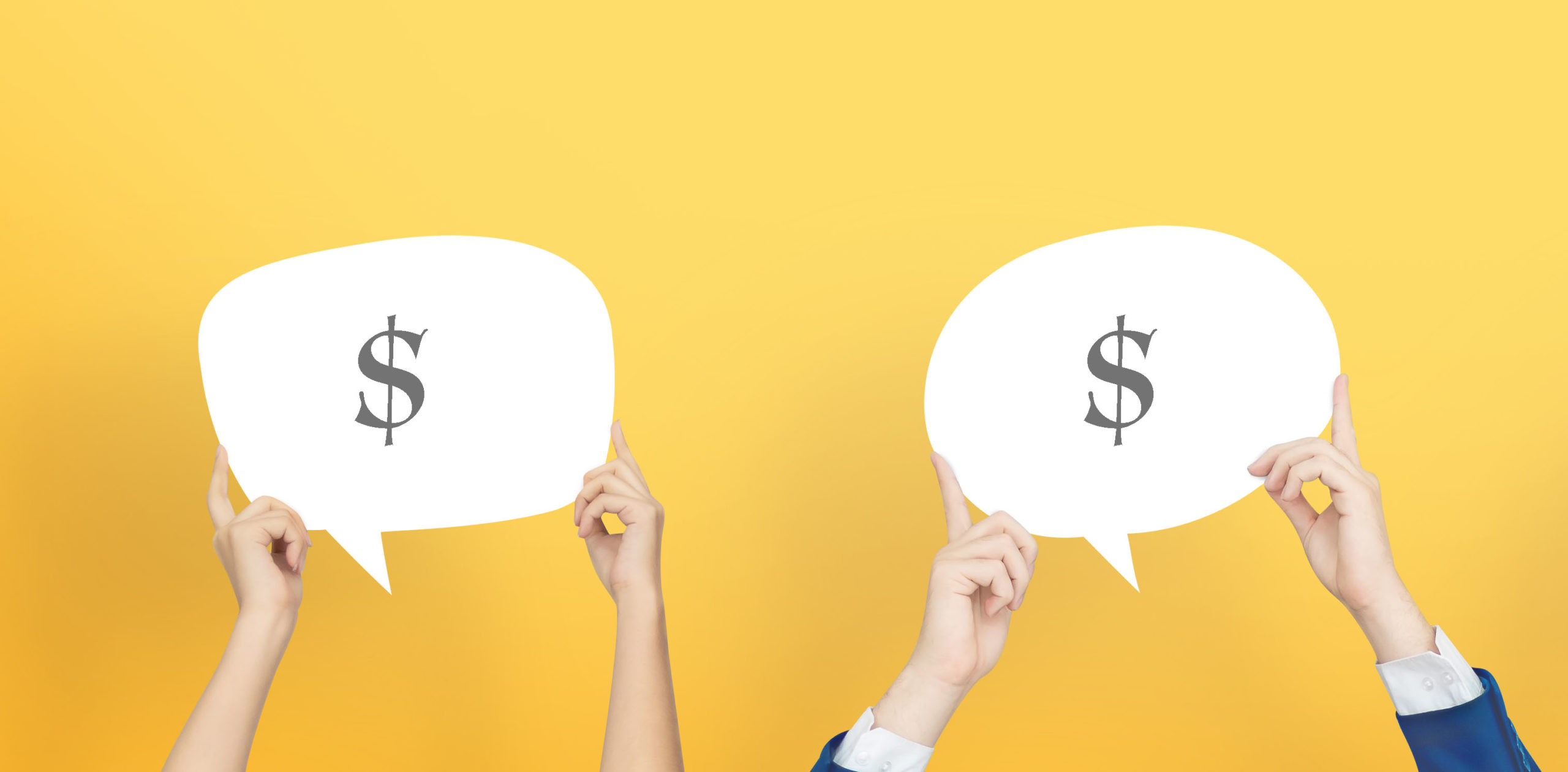A few days ago, we covered organic social media. Now, we’re going to tackle paid social media.
What is the difference between organic and paid social media?
Tackling paid social media on your own can only be done if you first know what it is. Organic social media is activity without paid promotion (posts, link shares, events, tweets). Paid social media is any activity that has advertising dollars behind it (ads, sponsored content, promoted events). Organic social media becomes paid when you boost organic content and advertising dollars go towards the promotion of that content.
How do paid and organic social media work together?
Successful social media strategies often use paid and organic content to reach the greatest number of people. Organic media is great at engaging with your existing tribe of loyal followers and their social networks. Paid social media helps you discover new audiences and make connections with people that you might not have otherwise had the opportunity to reach.
What paid social media channels should you use, what kind of ads should you run and to who?
The social media landscape changes frequently which makes tackling paid social media on your own a bit more challenging. Technology is ever-evolving, new channels enter the scene, trends develop and current events can influence what channels to put dollars towards, as well as what formats within that channel might work best. Unfortunately, there is no universal equation that works for every client without research and testing specific to a client’s needs and audience.
Look to age and ad content as a guide to the channel and what kind of ads to run. Below are some audience generalities about each channel that might be helpful.
- Facebook: 25+
- Instagram: 18 – 29
- LinkedIn: College graduate age and up (Used for professional networking so your ads on this channel should be limited to more formal, business-related content.)
- Snapchat: 13 – 24
- Twitter: 18 – 49 (61% of Twitter users are male)
We’re assuming that you’re inheriting these responsibilities, so there’s a high probability that your company has run paid social media. Review what channels you’re on, how your campaigns have performed, type of ads and past audience targeting to inform your decision making.
Generating Content
If creating paid social media content makes you nervous, look at your company’s organic social media for inspiration. Take note of content that has performed well and model your paid promotions after that or at a minimum, look for trends in content type, tone and imagery/video.
Just like organic social media, you’ll want your paid ads to be engaging, relevant, authentic, visually appealing and be appropriate for the channel. For example, promoting online poker wouldn’t be suitable for LinkedIn.
How much should I spend?
The most asked question. The hardest to answer. Budget is dependent on marketing objectives, how paid social media fits into the overall social media strategy and how that rolls into your company’s marketing strategy and goals.
Sprout Social’s guide, https://sproutsocial.com/insights/social-media-budget/, is a good place to start. Most of you will want to pay special attention to Goals are your budget’s foundation, Advertising and Analyze everything sections. You can always start with a smaller budget, test, analyze results and decide whether to pivot or put more dollars into a campaign. One of the great things about paid social media is the flexibility.
Where should I start?
I’m betting you’ve already Googled “paid social media” or “how to run Facebook ads” and the amount of information accessible can be overwhelming. While getting started with paid social media is relatively easy, the fine-tuning and nuances of channels and targeting will take some time to learn and master. Stay flexible, be willing to learn, as social media can change rapidly.
Here are a few recommended links that might help you get started with the big four:
Facebook Ads
https://www.facebook.com/business/ads#basics — Pay special attention to the Facebook Blueprint link. You’ll have to log in, but if you’ve never created ads and your campaigns are in Facebook’s Ads Manager, the free 30-minute course is a good time investment. The class walks you through campaign structure, ads manager and best practices.
https://adespresso.com/ads-examples/ — If you’re struggling with content, these examples might provide you with the inspiration you need. AdEspresso also has a great blog and guides that might also be helpful.
Instagram Ads
https://business.instagram.com/inspiration/ — A link to some of Instagram’s success stories and a handful of guides on navigating their platform.
https://blog.hootsuite.com/instagram-ads-guide/ — This is a quick overview of the Instagram platform, types of ads and best tips and practices.
LinkedIn Ads
https://business.linkedin.com/marketing-solutions/success/best-practices — LinkedIn will walk you through how to start through the launch of your campaign. You’ll also be able to access customer stories and case studies.
https://www.searchenginejournal.com/social-media/linkedin-advertising-guide/ — A third-party guide to LinkedIn advertising and a faster read than the above. This guide provides a quick, general overview of LinkedIn.
Twitter Ads
https://business.twitter.com/en/solutions/twitter-ads.html — Twitter’s guide to advertising provides the basics, resources and guides and describes their different offerings.
https://adespresso.com/blog/twitter-advertising-a-complete-guide/ — This guide is about a year old. Some things may be different, but it will run through the basics.
One last thought
Our final tip might be a hard one to accept. Be prepared for a little bit of failure. Not every paid social media campaign is going to be blockbuster. A campaign that isn’t a stellar performer can give you as much information as one that is hugely successful. Knowing what doesn’t work helps you discover what does.
Behind each user profile and data point is a person and don’t forget that your goal is to make that human connection.
